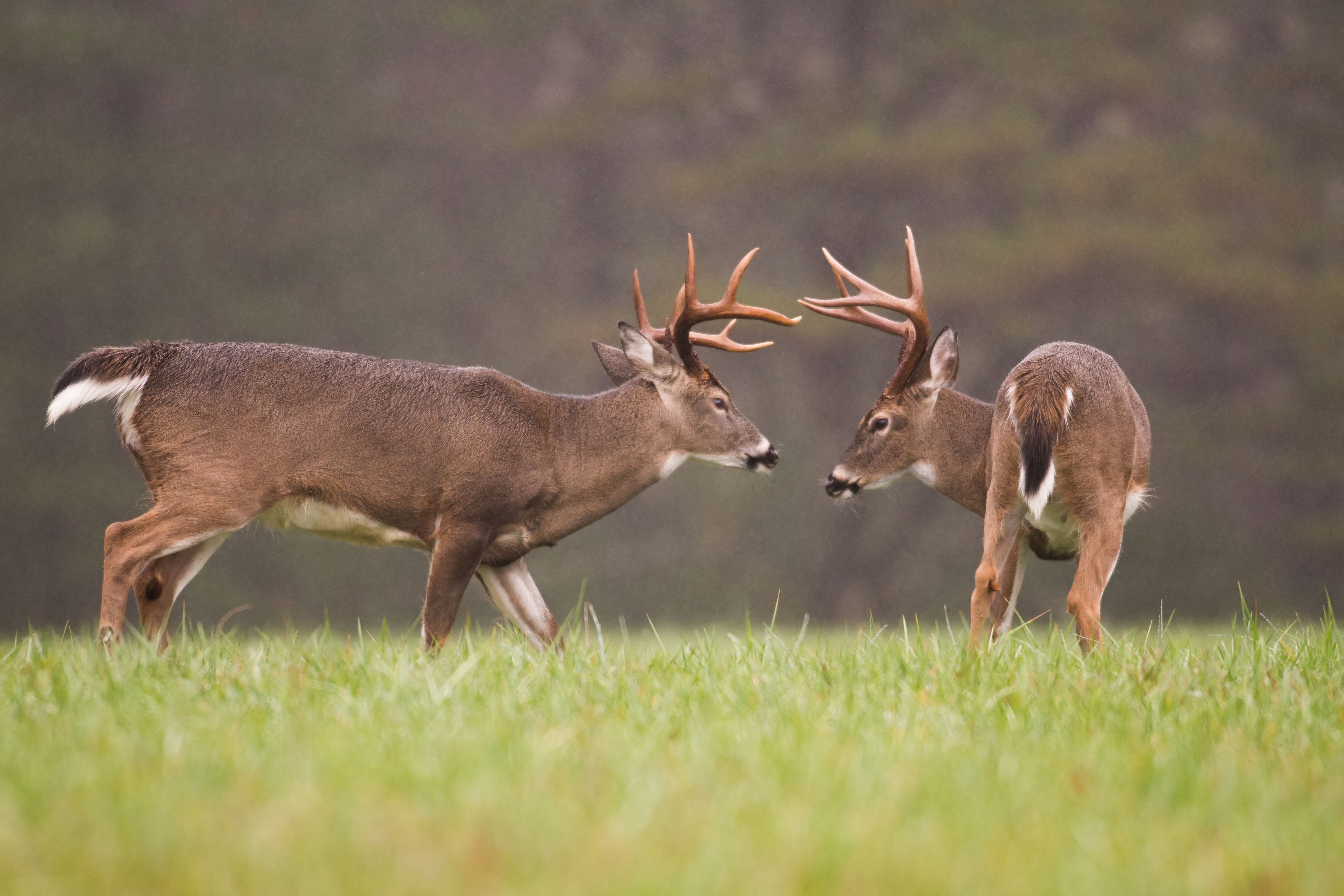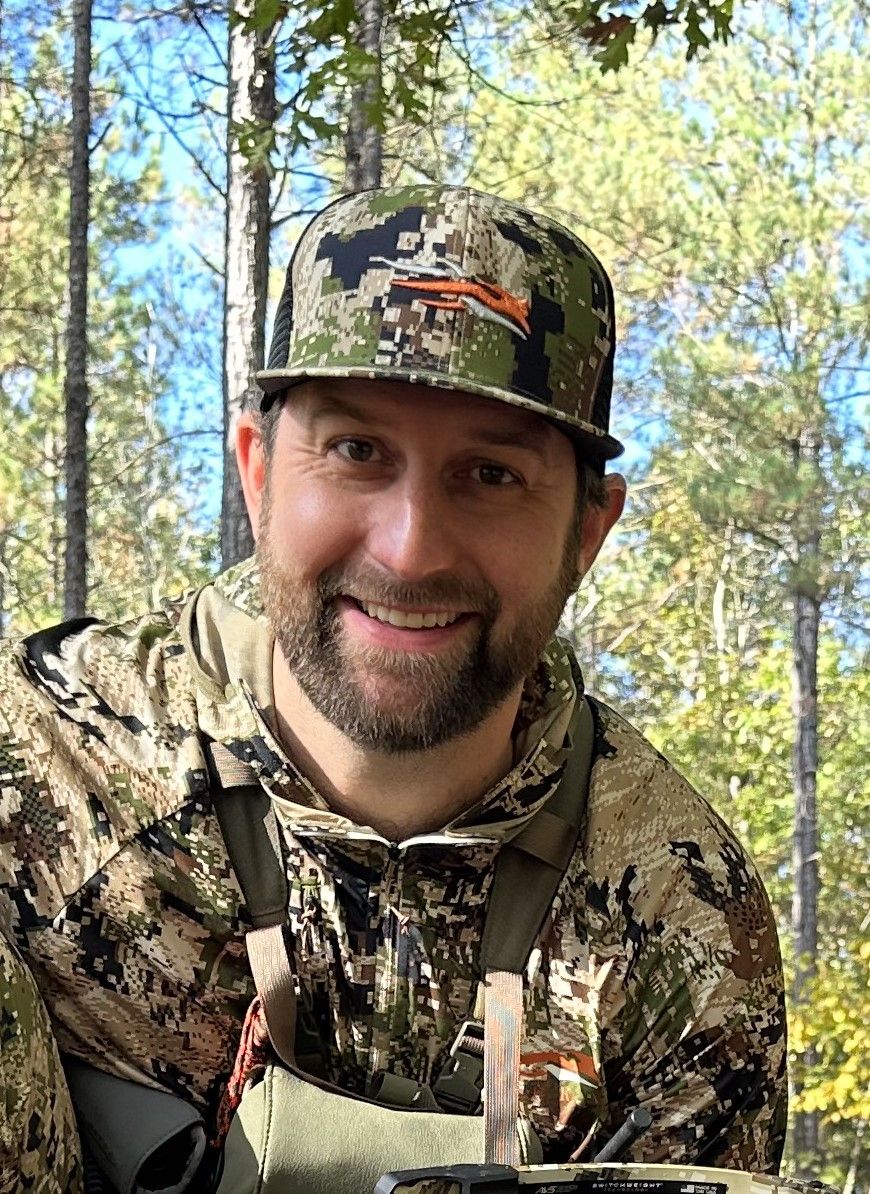What sounds like a grunt to an untrained ear is, in fact, a sophisticated communication that an experienced hunter can use to their advantage. This knowledge can be the difference between a successful hunt and a missed opportunity, and the mastery of these vocalizations can open up a world of possibilities, setting you up for a winning hunt by using calls to draw in out-of-range bucks.
So, today, we look at some of the most common deer sounds, including grunts, bleats, snorts, and wheezes, and what they mean for hunters with insights from one of our HuntWise Field Team hunters, Alec Pratt.
Updated June 5, 2025
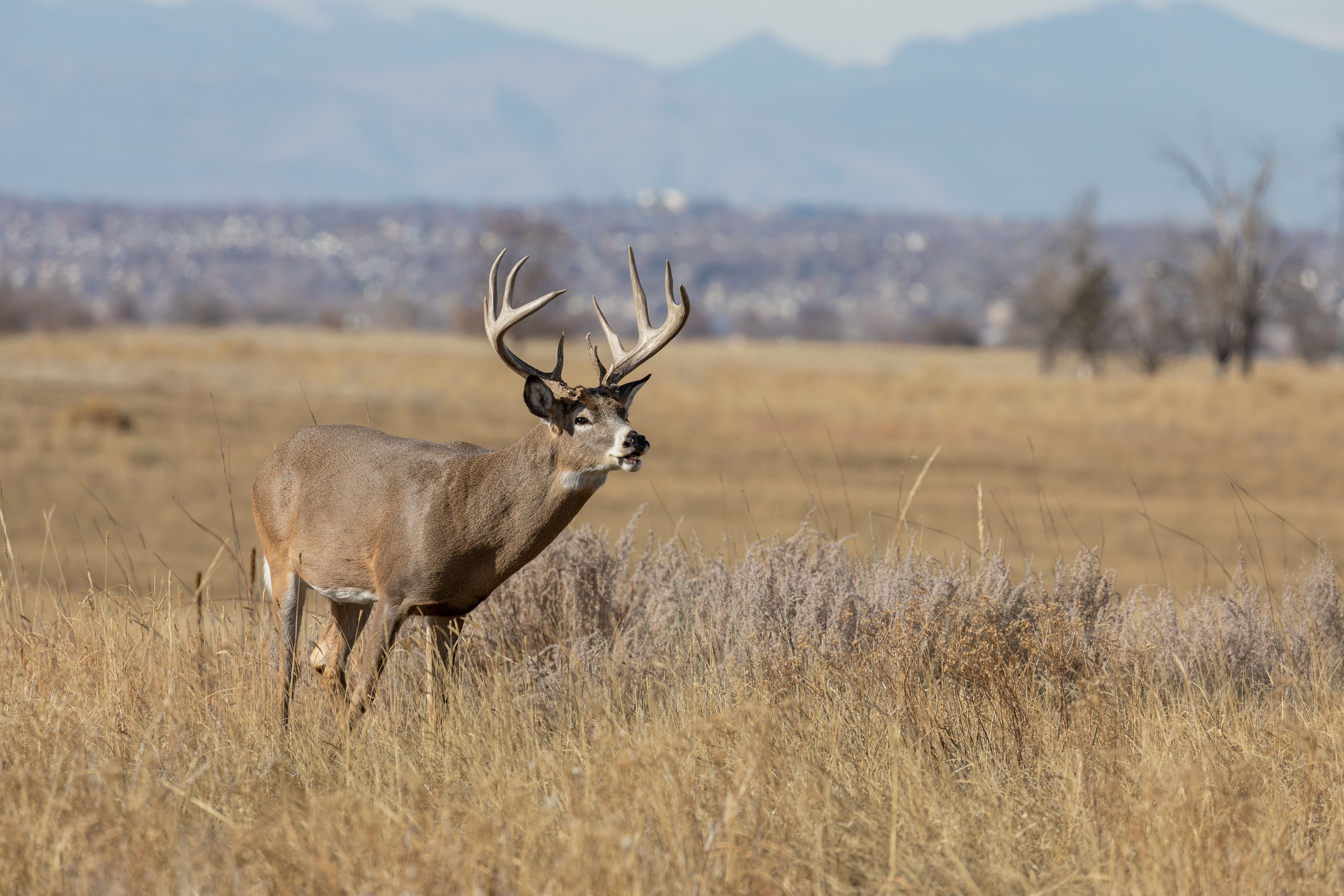
4 Sounds Deer Make
So, what sound does a deer make? They actually make more than "just" four sounds, but today, we'll highlight four sounds hunters should know and pay attention to in the field.
Deer communicate in various social environments — not only when mating or challenging for dominance. Creating hierarchies, warning about danger, or bringing fawns back if they've ventured too far are just some circumstances where deer will vocalize.
Below, we'll explore four of the most common deer sounds to help you better understand their behavior patterns and practice your calls.
1. Grunts: The Language of Bucks
While both does and bucks grunt, bucks grunt in a lower and deeper pitch than does due to their elongated necks and bodies. A buck grunting will generally signify one of two things:
- Contact grunt: This vocalization reaffirms social calls and is a friendly invitation when bucks are buddying up in their bachelor herd. During the rut, these calls can take on a tone of dominance and announce their presence.
- Tending grunt: The tending grunt is a series of grunts indicating a buck's interest in a doe, and he will usually give chase to the doe, further marking his claim and attracting her.
A call for dominance can be an irresistible challenge for a buck during the rut, and mimicking these calls effectively draws them into your sights.
2. Doe Bleats: The Call of Attraction
The doe bleat is a social call similar to the purring of a cat. These fall into two categories, being:
- Contact bleat: This call announces the arrival of a new herd. Additionally, a fawn may bleat to signal distress to its mother or for attention.
- Estrus bleat: During the rutting, the estrus bleat signifies that a doe is ready to mate. It's usually a higher pitch and, not surprisingly, a great call to draw in less-cautious bucks during the rut.
Bleats are a versatile call that can draw in both bucks and does.
3. Snorts: The Sound of Alarm
A snort is a loud and deep exhalation through the nostrils primarily to alert other deer of the presence of or potential for danger. This could be something that they hear, see, or smell.
While it's not recommended that you replicate the snort, it can be a sign of deer activity or that you've spooked the deer.
4. Wheezes: The Challenger Call
The snort-wheeze combination dubbed the challenger call is used for – you guessed it – bucks asserting their dominance over other bucks.
Primarily heard during rutting, this call is used to draw dominant bucks into the territory, as they feel their dominance is being challenged or they need to set a few things straight!
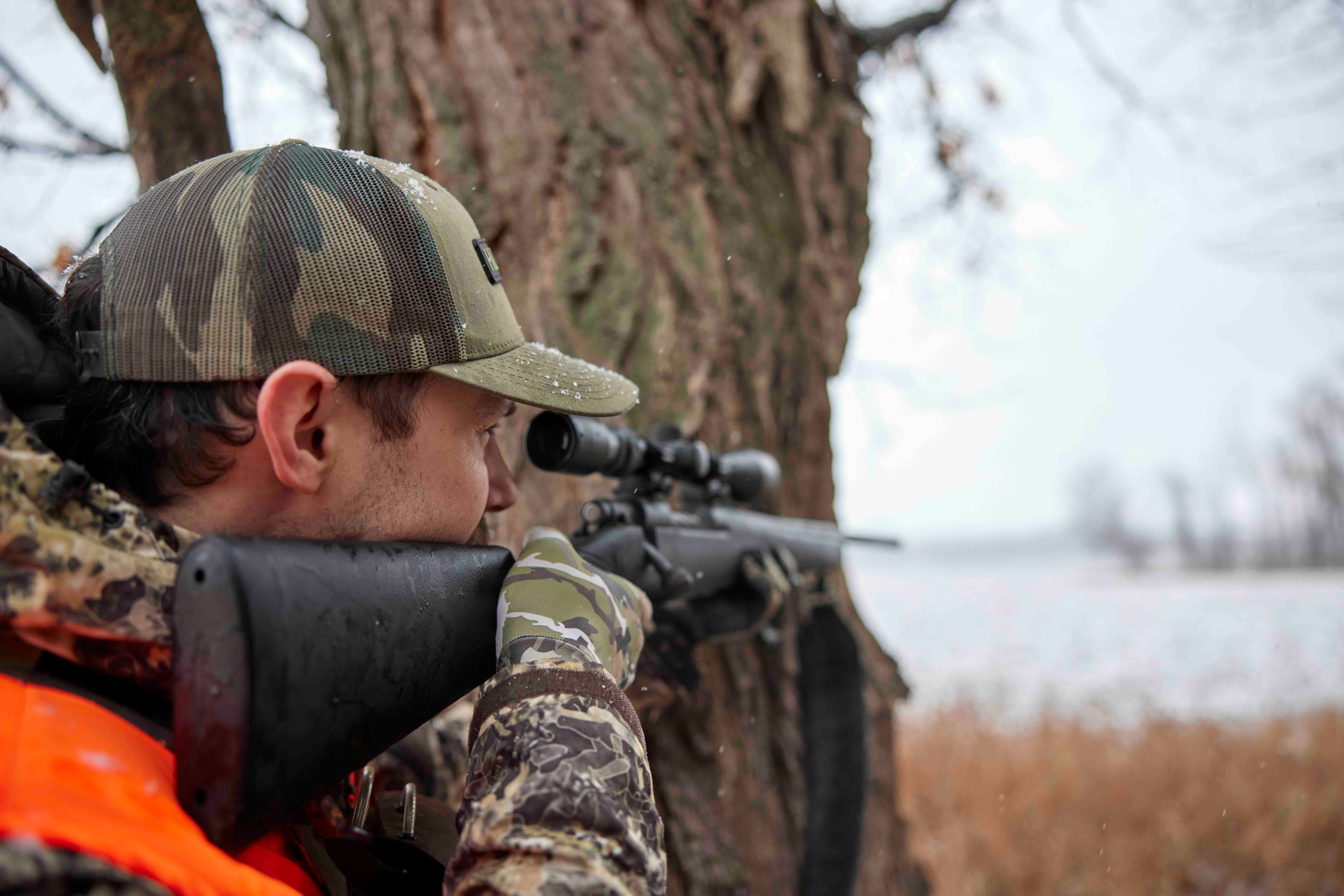
What Should You Do Depending on the Deer Sound You Hear?
Our friend and hunter Alec Pratt shares how he hunts based on the deer call sounds he hears from deer deep in the woods:
"The sounds whitetail make can help you prepare for a shot and sit still when it matters, or maybe you hear the dreaded sound of a deer blow before running off.
When I hunt in deep woods, I probably hear deer well before I see them. Listening for the cadence of their steps or the sounds they make navigating thicker brush usually gets me on high alert.
Nothing is more disappointing than hearing a deer blow and stomp. Sometimes, deer blowing is just them trying to make something jump or move. It doesn't mean your hunt is over, but it tells you that they know something is up.
I take it personally when a big doe blows at me and starts looking suspiciously near my stand. Usually, this indicates I've done something like moving my bow without cover to clue her in on my position.
Depending on the timing of the season and where you're hunting, you'll hear different sounds, but a grunt is a pretty standard sound you'll hear from bucks, young and old. It's a short burping sound that announces them to the deer in the area.
You may also hear the sounds of deer fighting and wrestling around: antlers crashing and deer throwing themselves around.
These are a few sounds that will help you key into the mind of a deer and help you prepare for a successful hunt. I recommend watching some videos if you can't get into the woods so you're not confused when you hear them in the stand."
A Note on Context and Timing in Deer Calls
Context and seasonality are two significant factors when considering calling deer. The right call made at the right moment can be a major success, while the same call made later in the season can be a complete flop.
Deer don't make robotic individual sounds but instead combine sounds, such as a grunt followed by a wheeze, which can simulate specific scenarios (e.g., a buck challenging another). If you're calling deer, remember to observe the effectiveness of your choices, use silence as a tool, and match the energy of the deer you're calling.
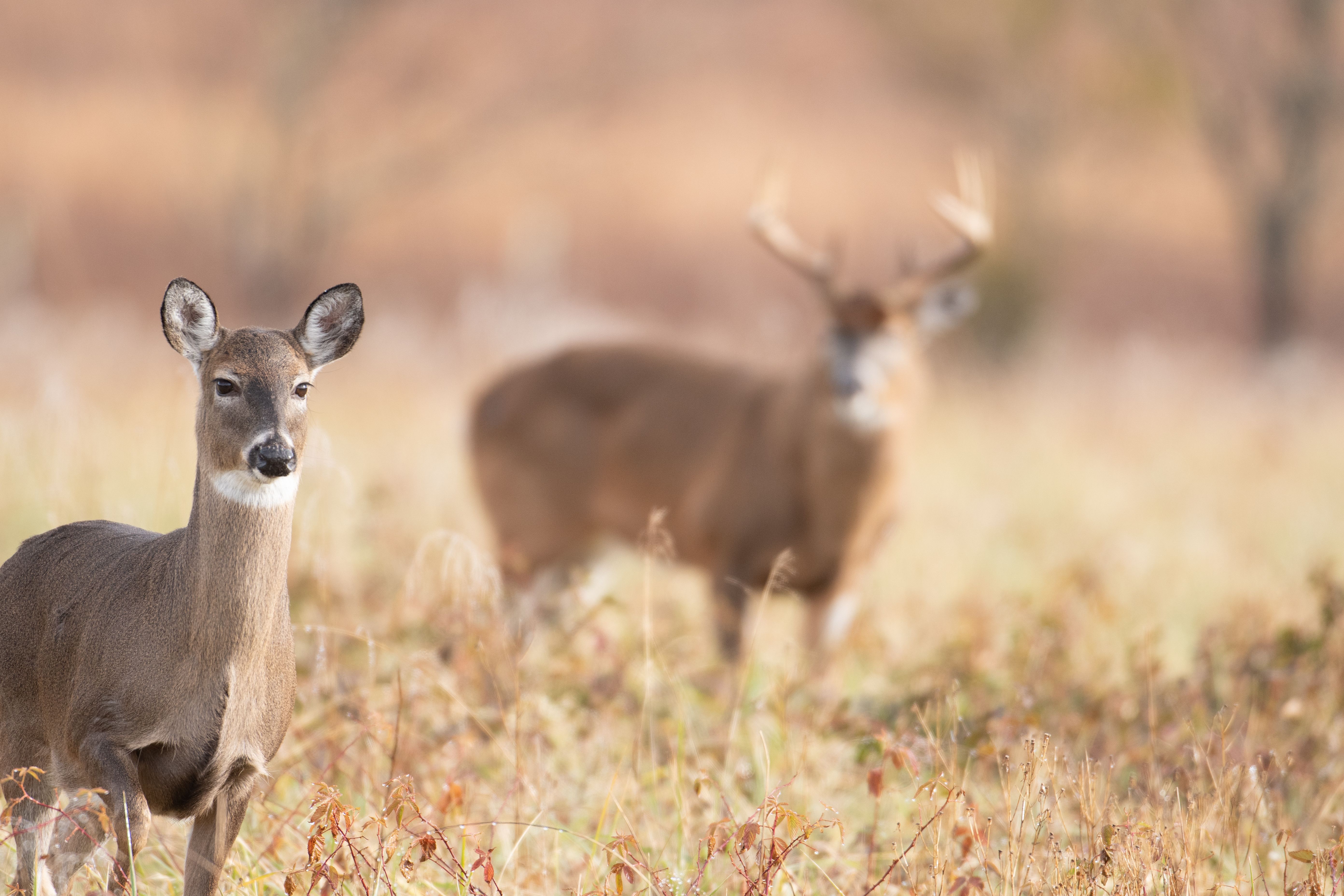
Practical Tips for Using Deer Calls
To replicate and leverage deer vocalizations, many hunters will use deer calls to draw in big bucks. Here are some critical strategies when using deer calls:
- Work on your timing: Deer calls usually only work during high-activity periods such as dawn and dusk, as calls and excessive calls outside these periods may make deer suspicious or cautious of your calling.
- Know where the wind is: Deer calling is just one component of an overall strategy, and leveraging the wind can help maximize your chances. For example, bucks tend to come up from downwind during a pre-rut call and are less selective mid-rut. With HuntWise's unique features, you can track the rutting periods and the ideal wind direction to establish your calling zone and choose the right call for the right moment.
- Practice makes perfect: The more practice you do at home, the easier it will be to replicate realistic and high-quality calls in the field. This includes using quality calls that are easy to use and durable. Remember to listen to natural recordings of deer sounds online and consume plenty of YouTube videos to pick up on the nuance of the different calls.
- Keep a hunting journal: The HuntWise app allows you to add notes and log in to track the effectiveness of different calls in various situations.
Understanding deer sounds and using HuntWise should be part of your strategy for successful deer hunts every season!
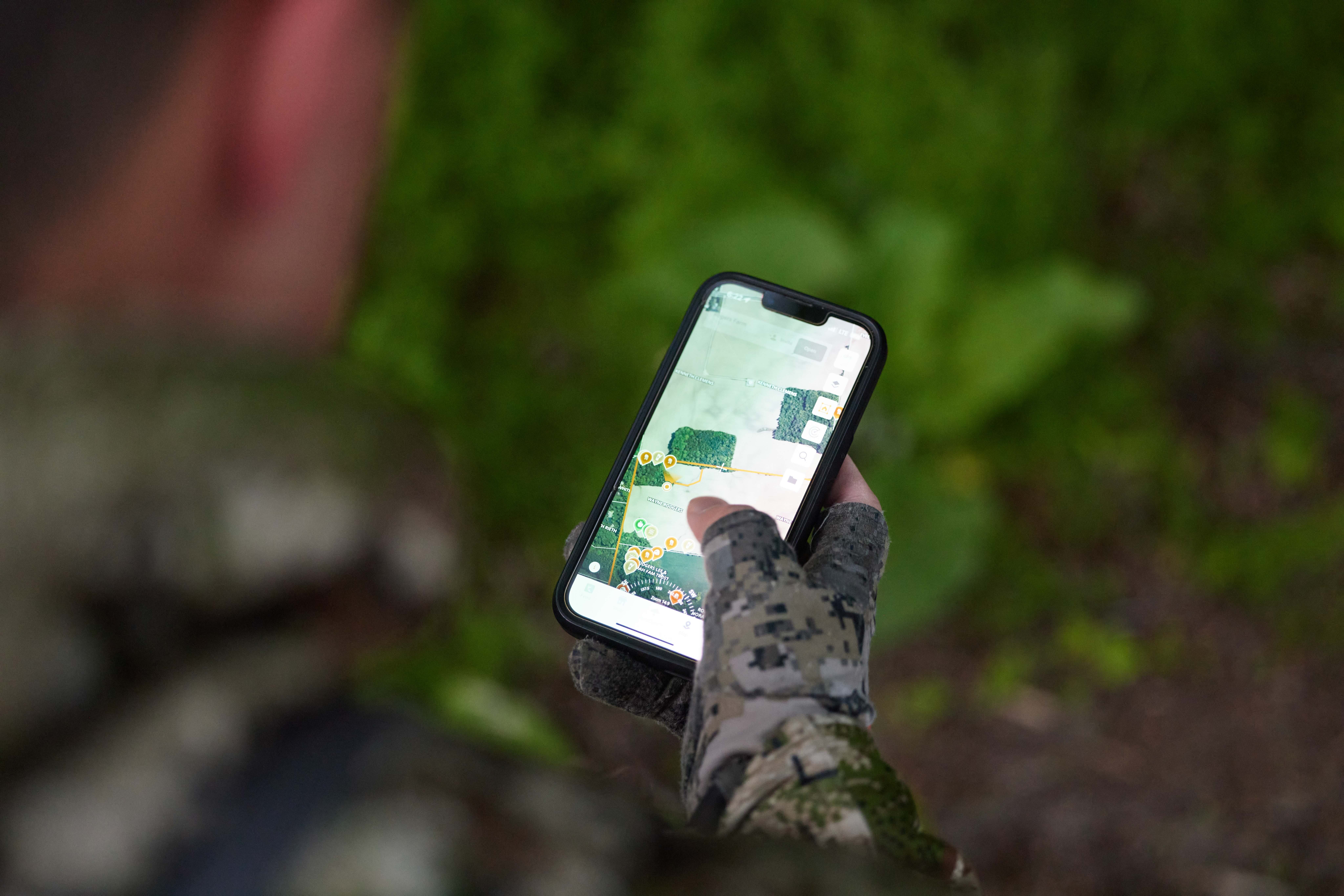
Master Deer Sounds and Plan Your Hunting Strategy With HuntWise
Learning to identify, understand, and respond to deer sounds is one of the most vital strategies for attracting an otherwise out-of-range deer.
There's nothing like watching a big buck strut to your deer calling. Keep practicing your calling, listening to deer sounds, and taking notes on everything you learn. With HuntWise, you can pre-scout high-potential zones on public and private land to pinpoint the perfect calling location, all from the comfort of your home.
If you don't have the HuntWise app, now is the time to download it and explore it free for your first week!
You'll be ready with an advantage over hunters to tag out this season.
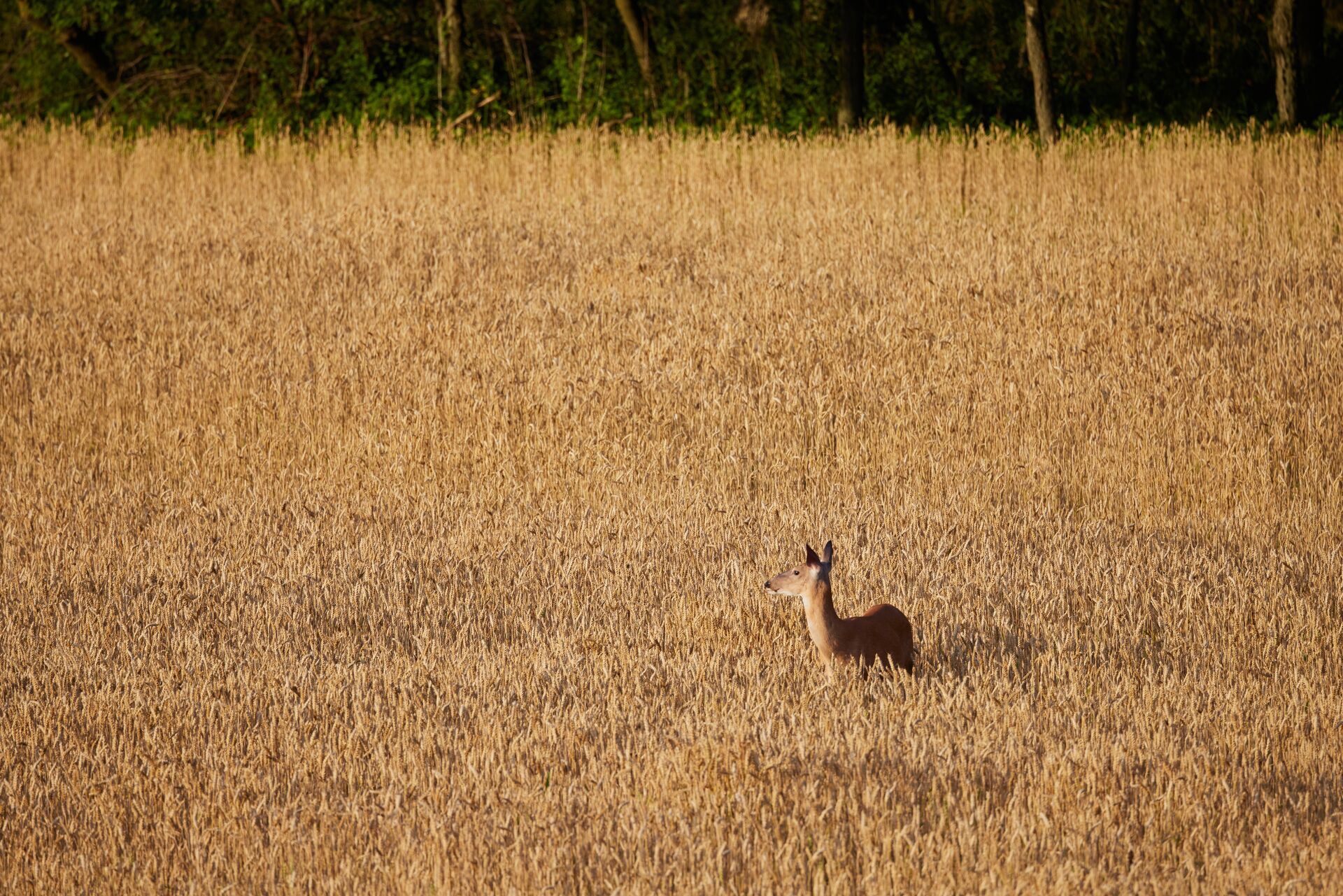
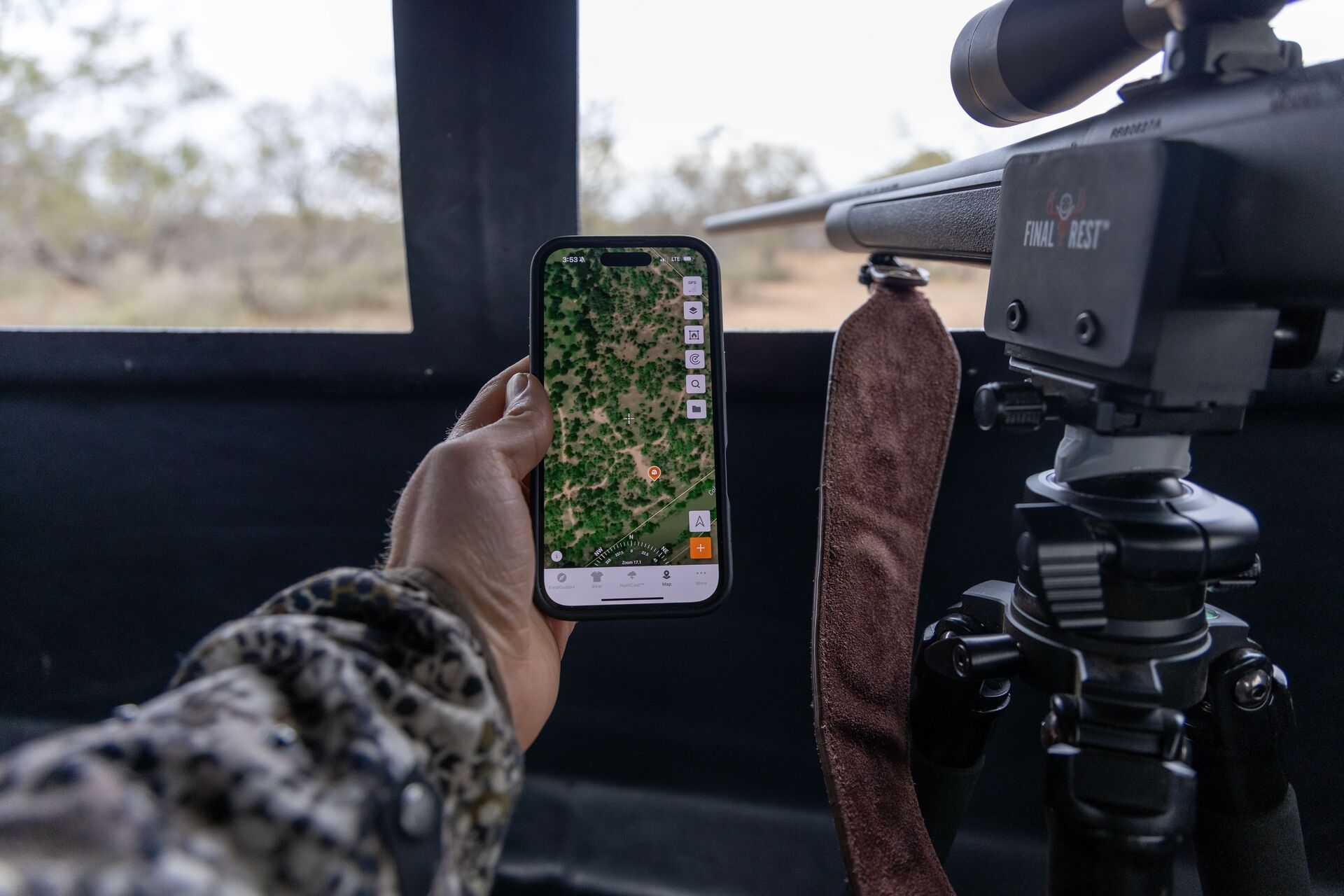
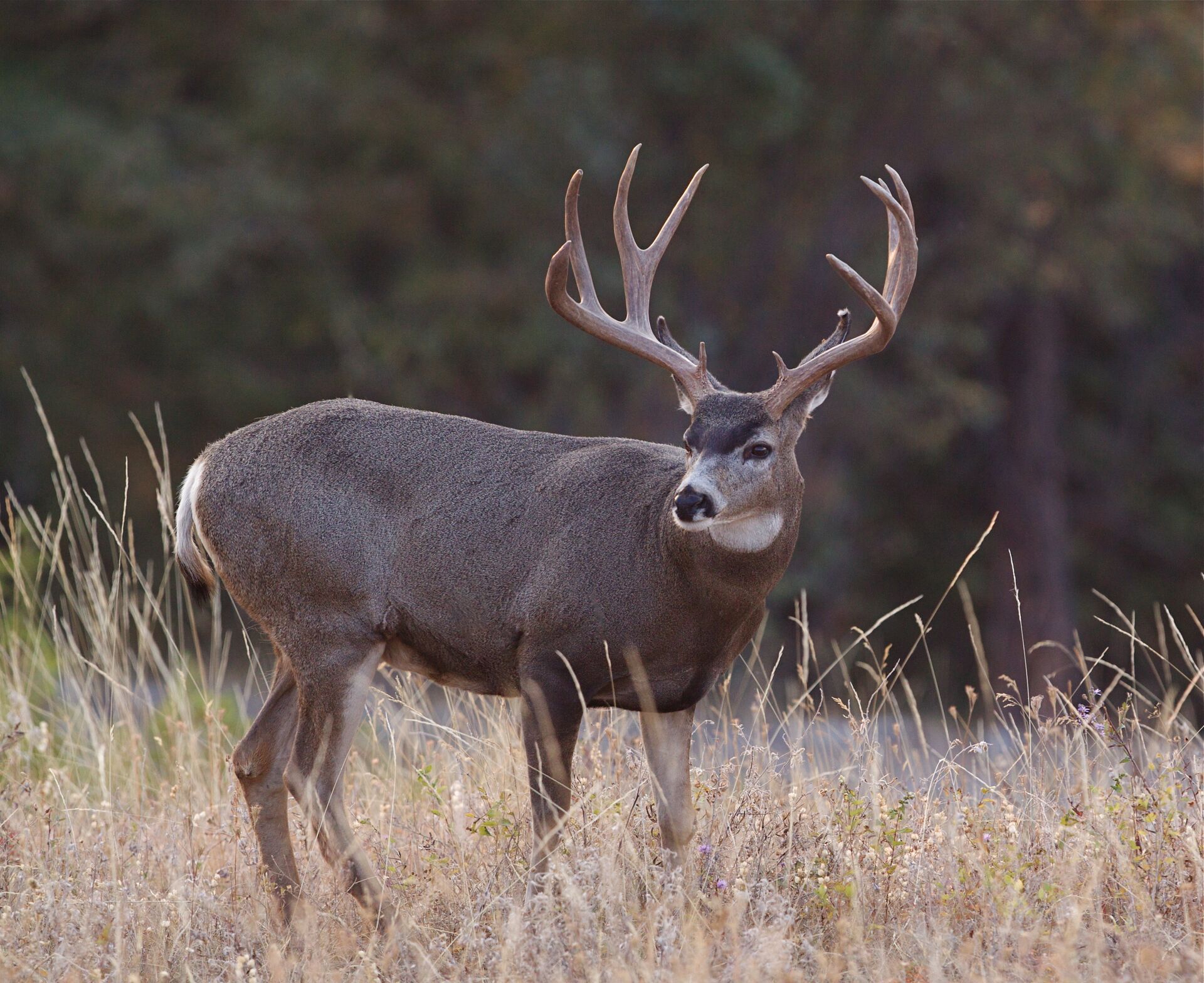
 Deer
Deer Deer
Deer Deer
Deer